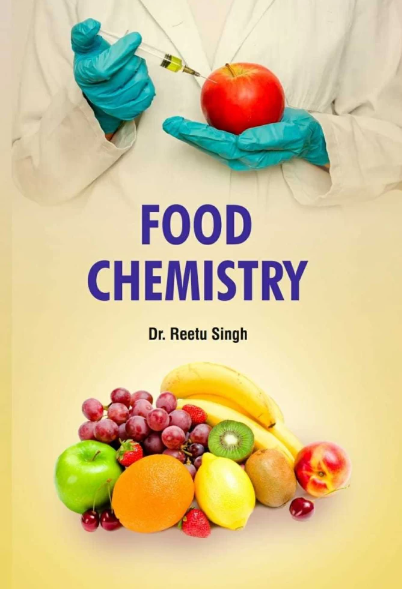A novel approach to sesame oil aroma generation: Synergy of enzyme-modified lipids and the Maillard reaction
IF 8.5
1区 农林科学
Q1 CHEMISTRY, APPLIED
引用次数: 0
Abstract
This study aimed to develop a novel method for creating roasted sesame oil (SO) flavoring under mild conditions. Fresh SO (FSO) was hydrolyzed by lipase to obtain ESO1, which was further oxidized by lipoxygenase to obtain ESO2. Compared with ESO1 or FSO, adding ESO2 to the Maillard reaction (MR) model comprising arginine, lysine, cysteine, serine, and glucose enhanced the consumption of glucose and amino acids, browning intensity, and formation of aroma-active alkylpyrazines, alkylfurans, thiazoles, thiophenes, MR-induced ketones and acids, while reducing lipid-derived ketones, aldehydes, and acids (p < 0.05). After reacting at 120 °C for 60 min, the ESO2-MR model generated a harmonious aroma profile most similar to that of conventional sesame oil extracted from roasted sesame (180 °C for 20 min). This indicates that a certain degree of enzymatic lipid oxidation is crucial for creating sesame oil flavoring through the interaction between lipid oxidation and the Maillard reaction.

香油香气生成的新方法:酶修饰脂质与美拉德反应的协同作用
本研究旨在开发一种在温和条件下制备烤芝麻油调味料的新方法。新鲜SO (FSO)经脂肪酶水解得到ESO1,再经脂氧合酶氧化得到ESO2。与ESO1或FSO相比,在由精氨酸、赖氨酸、半胱氨酸、丝氨酸和葡萄糖组成的Maillard反应(MR)模型中加入ESO2,葡萄糖和氨基酸的消耗、褐变强度、芳香活性烷基吡嗪、烷基呋喃、噻唑、噻吩、MR诱导的酮类和酸的生成,以及脂质衍生的酮类、醛类和酸的生成都增加了(p <; 0.05)。在120 °C下反应60 min后,ESO2-MR模型产生的香气与从烤芝麻(180 °C, 20 min)中提取的传统芝麻油最相似。这表明一定程度的酶促脂质氧化是通过脂质氧化与美拉德反应相互作用来产生香油风味的关键。
本文章由计算机程序翻译,如有差异,请以英文原文为准。
求助全文
约1分钟内获得全文
求助全文
来源期刊

Food Chemistry
工程技术-食品科技
CiteScore
16.30
自引率
10.20%
发文量
3130
审稿时长
122 days
期刊介绍:
Food Chemistry publishes original research papers dealing with the advancement of the chemistry and biochemistry of foods or the analytical methods/ approach used. All papers should focus on the novelty of the research carried out.
 求助内容:
求助内容: 应助结果提醒方式:
应助结果提醒方式:


